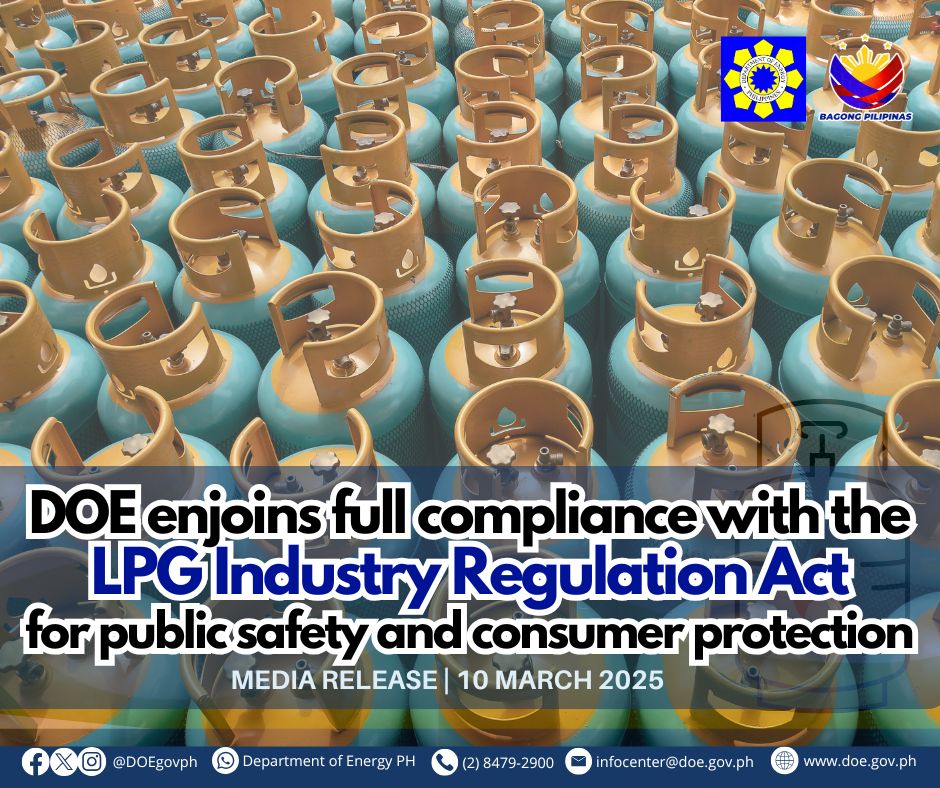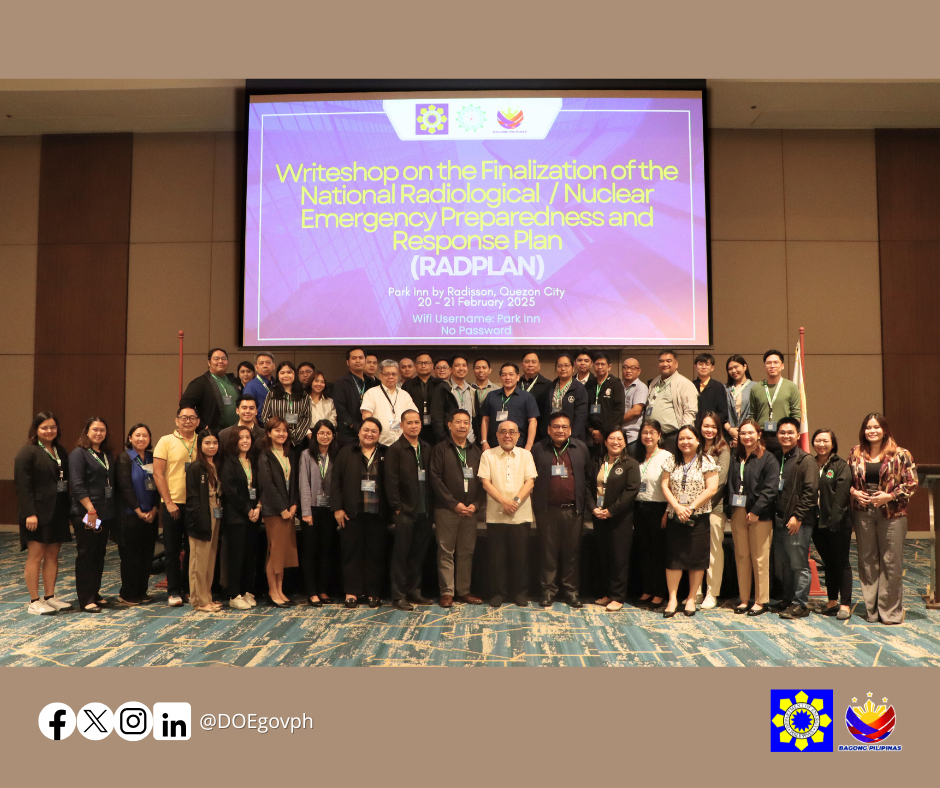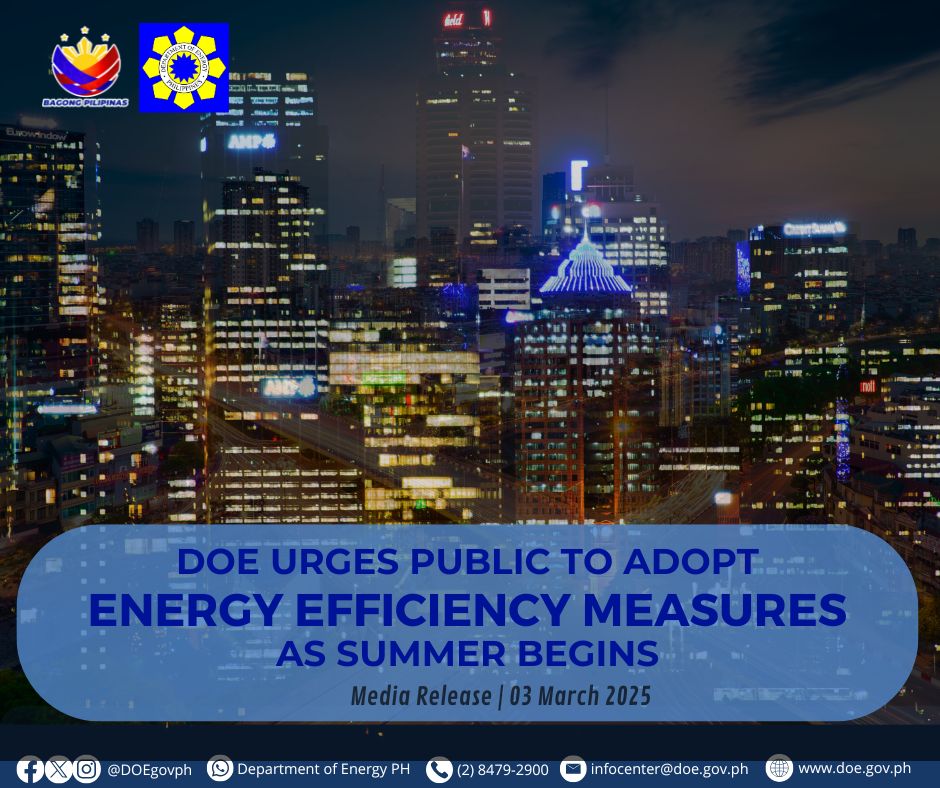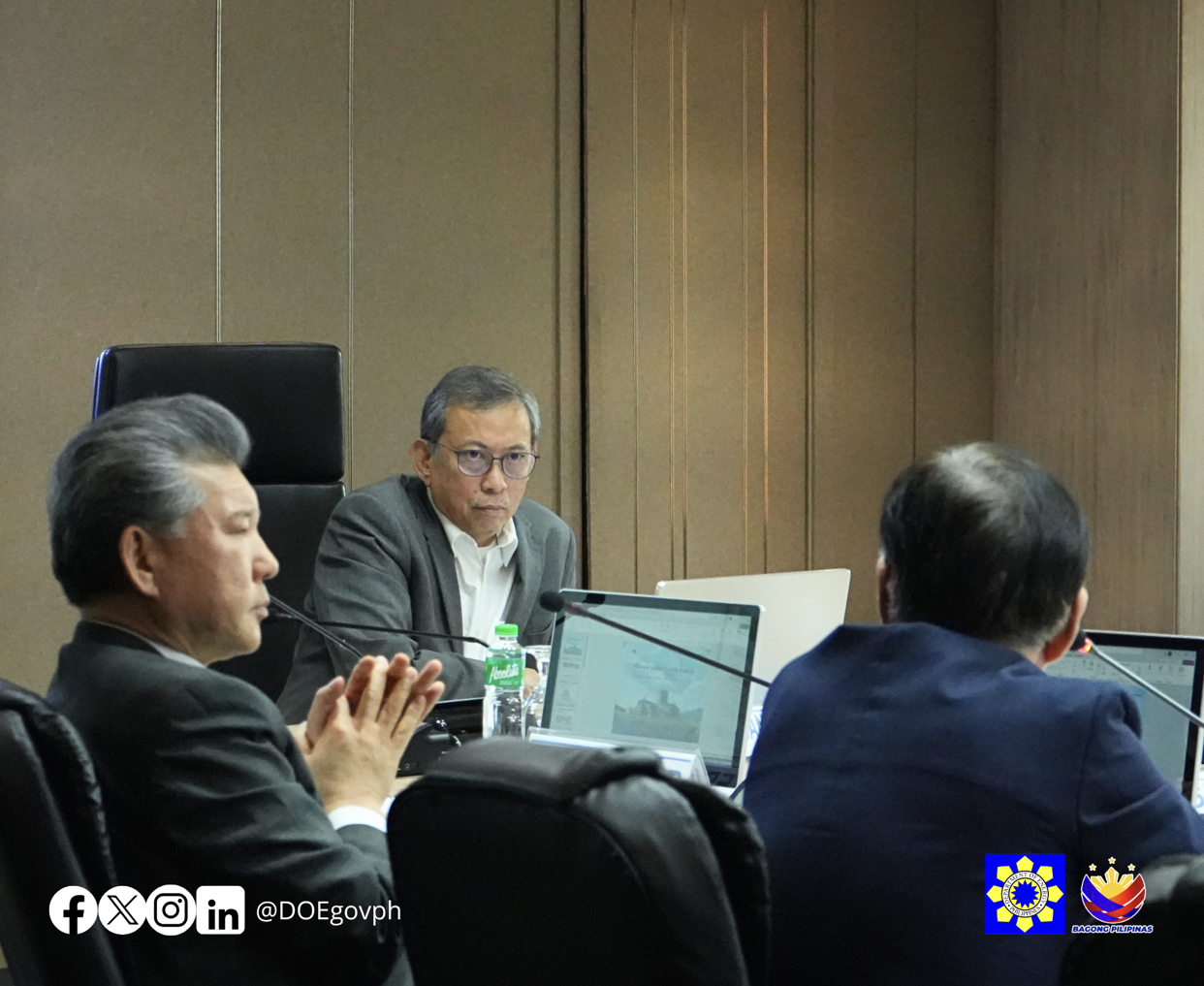Philippines opens Green Energy Auction 4, integrating energy storage for a sustainable future
The Department of Energy (DOE) has officially released the Terms of Reference (TOR) for the fourth round of the Green Energy Auction (GEA-4), providing a clear framework for the auction process. The TOR sets out the technical, financial, and commercial requirements that will govern project selection, ensuring a transparent and competitive bidding process.
GEA-4 aims to accelerate the country’s renewable energy transition by adding 9,378 megawatts (MW) of new capacity from ground-mounted solar, roof-mounted solar, floating solar, and onshore wind projects. Significantly, this round marks a milestone as the first auction to integrate Renewable Energy and Energy Storage Systems (IRESS), specifically solar power plants paired with Battery Energy Storage Systems (BESS). With an additional 1,100 MW of solar capacity equipped with energy storage, these projects are expected to enhance grid reliability and flexibility while supporting the country’s growing electricity demand.
“The release of the TOR for GEA-4 underscores the Philippines’ commitment to transitioning to clean energy while ensuring energy security. By ensuring a transparent and competitive selection process for renewable energy projects, we are accelerating the shift toward a more sustainable, secure, and resilient energy system,” said Undersecretary Rowena Cristina L. Guevara.
The auction capacity requirement in megawatt (MW) for different technologies as well as the target delivery dates, are as follows:
|
|
2026 Installation Target in MW |
||
|
RE Resource/ Technology |
Luzon (Lot 1) |
Visayas (Lot 2) |
Mindanao (Lot 3) |
|
Ground-mounted solar |
1,000 |
240 |
120 |
|
Roof-mounted solar |
12 |
12 |
0 |
|
Floating solar |
1,040 |
0 |
0 |
|
Onshore wind |
320 |
0 |
0 |
|
Total |
2,372 |
252 |
120 |
|
Solar + ESS (IRESS) |
50 + ESS |
100 + ESS |
50 + ESS |
|
|
2027 Installation Target in MW |
||
|
RE Resource/ Technology |
Luzon (Lot 4) |
Visayas (Lot 5) |
Mindanao (Lot 6) |
|
Ground-mounted solar |
600 |
180 |
30 |
|
Roof-mounted solar |
6 |
0 |
6 |
|
Floating solar |
920 |
0 |
0 |
|
Onshore wind |
450 |
170 |
0 |
|
Total |
1,976 |
350 |
36 |
|
Solar + ESS (IRESS) |
50 + ESS |
100 + ESS |
50 + ESS |
|
|
2028 Installation Target in MW |
||
|
RE Resource/ Technology |
Luzon (Lot 7) |
Visayas (Lot 8) |
Mindanao (Lot 9) |
|
Ground-mounted solar |
720 |
480 |
30 |
|
Roof-mounted solar |
0 |
0 |
6 |
|
Floating solar |
855 |
25 |
0 |
|
Onshore wind |
450 |
200 |
0 |
|
Total |
2,025 |
705 |
36 |
|
Solar + ESS (IRESS) |
100 + ESS |
150 + ESS |
100 + ESS |
|
|
2029 Installation Target in MW |
||
|
RE Resource/ Technology |
Luzon (Lot 10) |
Visayas (Lot 11) |
Mindanao (Lot 12) |
|
Ground-mounted solar |
240 |
180 |
120 |
|
Roof-mounted solar |
0 |
6 |
0 |
|
Floating solar |
160 |
0 |
0 |
|
Onshore wind |
450 |
150 |
200 |
|
Total |
850 |
336 |
320 |
|
Solar + ESS (IRESS) |
100 + ESS |
150 + ESS |
100 + ESS |
The DOE is giving advanced notice on GEA-4 with the posting of the Notice of Auction (NOA) today, 12 March 2025. The NOA will take effect, and the timelines specified therein will commence, upon the effectivity of Department Circular (DC) No. DC2025-03-004, which is scheduled for publication in the coming days. This DC introduces updated GEAP guidelines, aimed at clarifying the qualifications of eligible suppliers and ensuring fair pricing mechanisms for projects under the GEA.
Under the new guidelines, qualified suppliers must either hold a renewable energy service contract or possess a Certificate of Authority (COA) issued under the Revised Omnibus RE Guidelines.
Additionally, the Green Energy Tariff (GET) for GEA projects will now be subject to indexation, as may be determined by the Energy Regulatory Commission (ERC), in accordance with Feed-in-Tariff (FIT) rules. This adjustment ensures that tariff rates remain fair, transparent, and responsive to market fluctuations, reinforcing investor confidence in the renewable energy sector.
The supply contract for winning renewable energy projects will be for 20 years, starting from the commercial operation date (COD) of the plant.
To participate in GEA-4, qualified renewable energy suppliers must register with the DOE by submitting the required documentation outlined in the TOR. The GEA Bids Evaluation and Awards Committee will assess the applications, and a list of qualified bidders will be published on the DOE website before the pre-bid conference.
For IRESS projects, only solar facilities that are not yet commercially operational and do not have a Provisional Authority to Operate (PAO) or Certificate of Compliance (COC) may be registered. However, existing solar facilities currently facing curtailed operations under their PAO/COC may also qualify.
All IRESS projects must adhere to specific technical standards. These include an energy storage system (ESS) inverter ratio of at least 0.2 relative to the registered solar capacity and a minimum round-trip efficiency of 85%, as specified by the manufacturer. Round-trip efficiency measures the ratio of energy output during discharge to energy input during charging. Additionally, each project must have a minimum storage duration of four (4) hours to ensure sufficient grid support and energy reliability.
The registration of qualified suppliers for GEA-4 will commence one (1) working day after the Energy Regulatory Commission (ERC) publishes the Green Energy Auction Reserve (GEAR) Price.
GEA-4 is expected to drive substantial investment in renewable energy, reinforcing its role as a key pillar of the Philippines’ energy transition. As a flagship government initiative, the Green Energy Auction Program (GEAP) aims to expand the country’s renewable energy capacity and achieve a 35% share in the national energy mix by 2030. By providing energy developers with opportunities to secure long-term contracts, GEAP fosters sustainable energy production while ensuring a more stable, reliable, and greener power supply for the nation. ###




